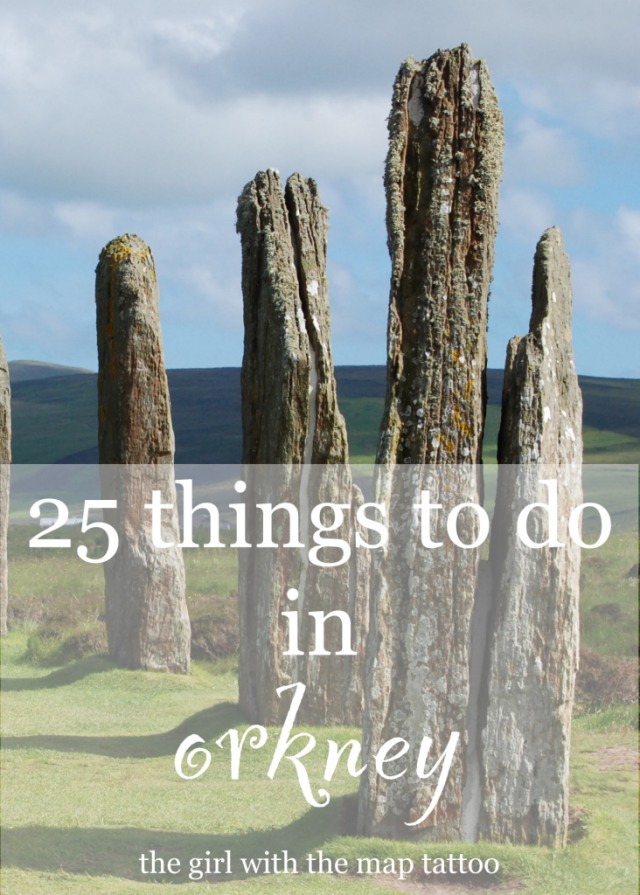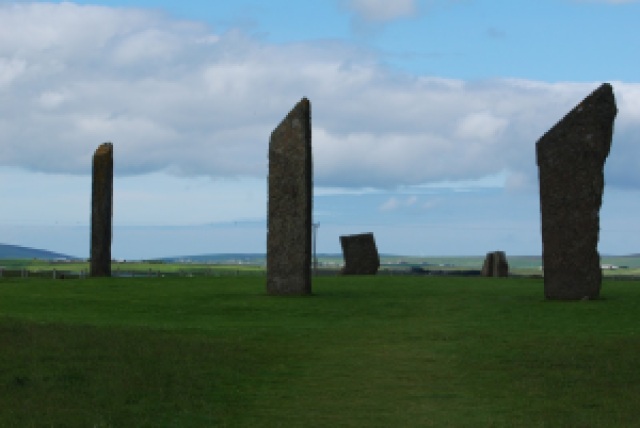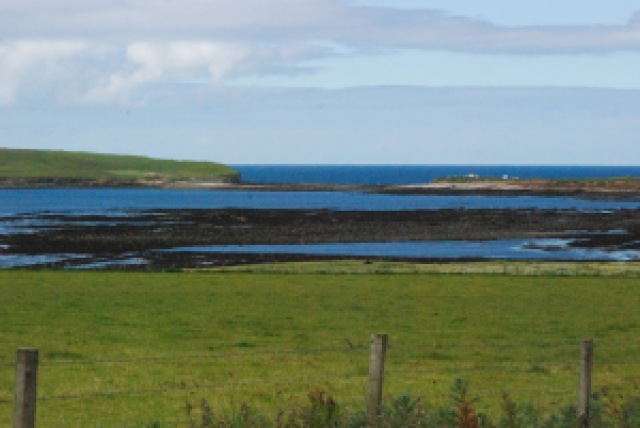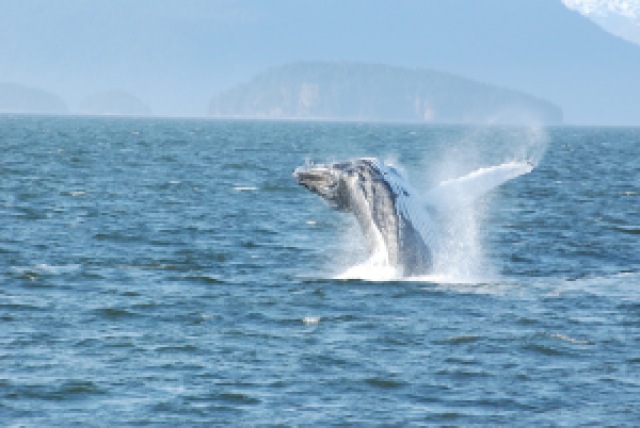One of these days, I will get back to Scotland’s Orkney Islands for a more in-depth exploration of the islands. It’s been two years since I was there – and I never made it past the mainland island – home to Stromness and Kirkwall. There is so much more that Orkney has to offer — from water activities to bird watching to beach combing. It’s easy enough to get around the islands by the ferry system – which calls at all 13 inhabited islands – and it’s surprisingly easy to get to Orkney from mainland Scotland as well. Just hop a direct flight from Glasgow, Edinburgh, Inverness, or Aberdeen.
Since I’m craving another Scotland visit, even though it’s only been a year since the last one!, here are 25 things to do on Orkney.
hike to the old man of hoy.
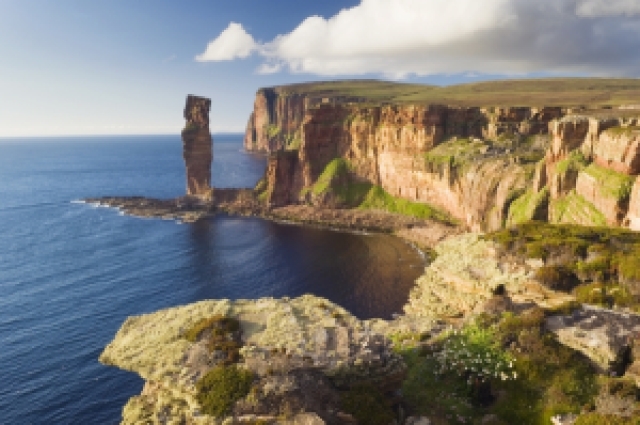 {image via Visit Scotland}
{image via Visit Scotland}
A 449 foot tall sea stack may not sound that interesting, but when it’s located on a remote island in the middle of the North Atlantic, pounded daily by surf and sand, it gets a little more interesting. Energetic trampers can hike the 3 hours round trip track from Rackwick; it is a rough track and can be demanding. The stack is also visible from the Stromness-Scrabster ferry route.
walk around the ring of brodgar.
One of the more unexplained mysteries of the Neolithic Era, the Ring of Brodgar is a stone circle with most of its stones still standing. The circle is perched on a hill overlooking Lochs Stenness and Harray, commanding a view that even today is nothing short of spectacular.
stand tall at the stones of stenness.
Just down the road – a mere hundred metres – on the shores of Loch Stenness is the remains of the Stones of Stenness. This stone circle is considered the oldest stone circle in the UK and was actually more of an ellipse. Now, only four stones remain. These stones are much larger than the ones at Brodgar and considerably older.
read the runes at maes howe.
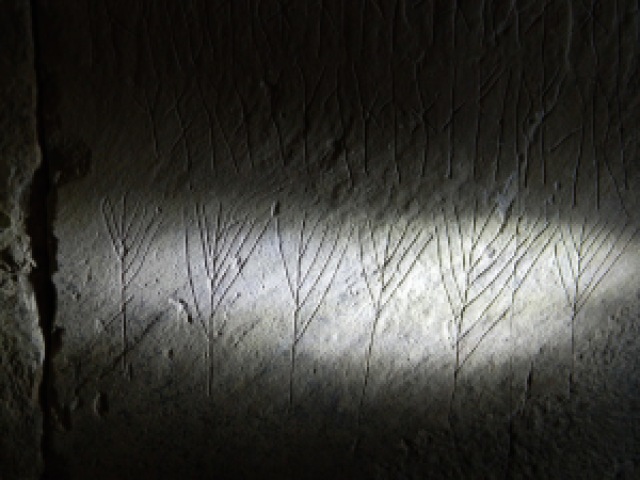 {image from Orkney Dreaming Megalithic}
{image from Orkney Dreaming Megalithic}
Maes Howe, one of the world’s most intact Neolithic cairns circa 2700 BCE, is a few hundred metres from the Stones of Stenness, the Ring of Brodgar, Ness of Brodgar, and the Barnhouse Settlement, leading one to wonder… are they connected? Viking pillagers in the late 1200s might not have thought that but they were curious about the site and stayed here either on their way to or from the Crusades. Runic grafitti – some totally NSFW – line the walls inside the main chamber.
explore the the barnhouse settlement.
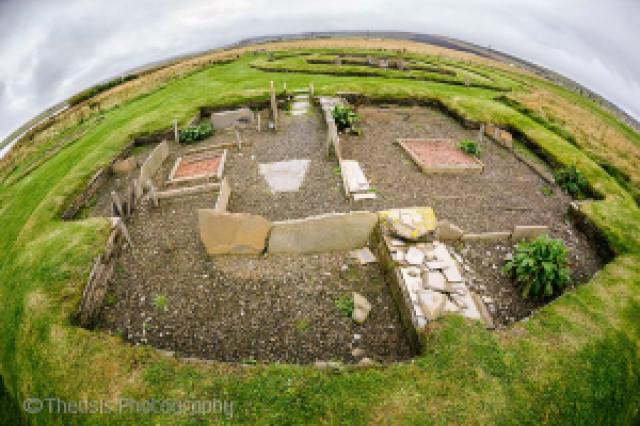 {image from Ancient Scotland}
{image from Ancient Scotland}
Just beyond the Stones of Stenness is the Barnhouse Settlement, a Neolithic, Skara-Brae era site. The similarities are striking, but so are the differences. The Barnhouse Settlement also fell out of use 450 years before Skara Brae; the houses here were systematically dismantled before the site was left to the elements.
unstan cairn.
Located on the road between Kirkwall and Stromness, the Unstan Cairn is another Neolithic site that bears mentioning. Much smaller than Maes Howe, Unstan is built as a hybrid of two very different cairn styles: the Maes Howe chambered cairn and the Orkney-Cromarty long, one-chambered, cairn.
be reverend at st. magnus cathedral.
 {image from rigmover}
{image from rigmover}
Not surprisingly, the story behind the cathedral of St. Magnus in Kirkwall is rife with murder and intrigue. But it’s a lovely cathedral and considered one of the best examples of Medieval architecture anywhere.
scuba dive at a scuttled german fleet.
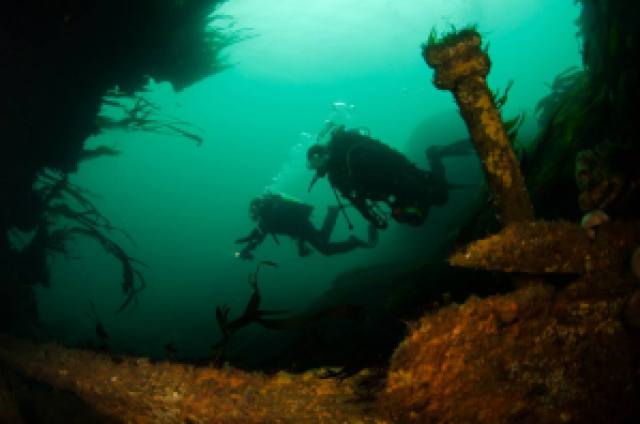 {image via road trippers}
{image via road trippers}
While cold and certainly remote, the diving at Scapa Flow is probably some of the best cold water diving in the world. It’s not cold enough to force out certain life forms, but it’s not tropical, giving it a mysterious air and a unique manmade reef: a fleet of German ships that were scuttled in the harbour at the end of World War I.
go back in time at skara brae.
The highlight of my Orkney trip, Skara Brae is one of the oldest communities in the ancient world and was only discovered in the 1850s when a fierce storm wrecked the coastline of mainland Orkney. Today, the chambers and paths are partially uncovered, giving you a glimpse of how Neolithic people lived and worked in a communal area.
reflect at the italian chapel.
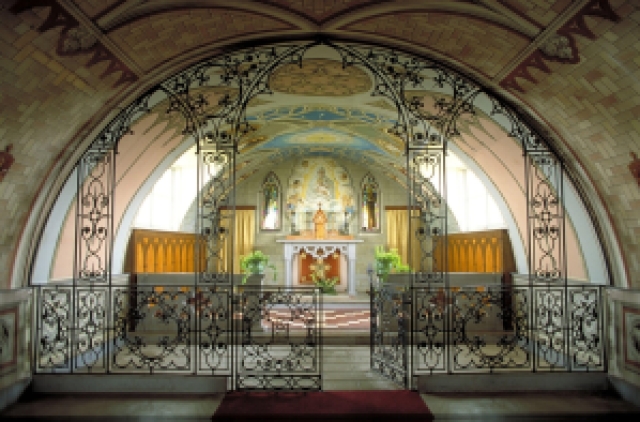 {image from Visit Scotland}
{image from Visit Scotland}
Another remnant of earlier wartimes, the Italian Chapel was built by POWs who were brought in to build causeways linking the mainland island with the smaller southern islands. This was a direct effect of a German torpedo attack on the HMS Royal Oak that was anchored in Scapa Flow in 1939. The chapel is a remarkable work of art and one of Orkney’s most visited attractions.
take the world’s shortest flight.
 {image from Anne Hourston/Orkney.com}
{image from Anne Hourston/Orkney.com}
The worlds shortest scheduled flight takes off from Westray and lands on Papa Westray, a mere 47 seconds away.
taste great whisky at highland park distillery.
The most northerly distillery in the world, Highland Park still does things the traditional way. That means by hand most of the time. The result is a smooth whisky with tons of flavour. Do not miss out on this charming stone distillery tucked away on Kirkwall.
get dirty at the ness of brodgar.
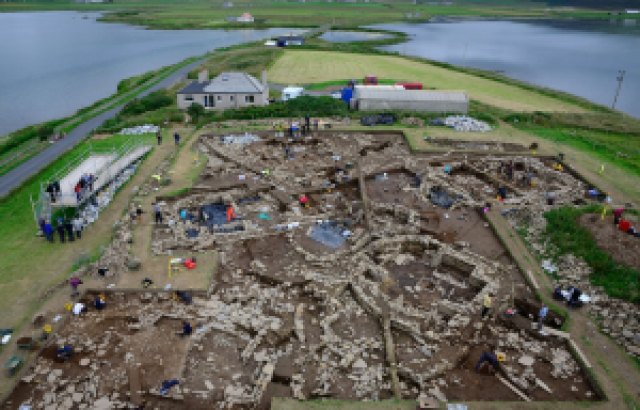 {image from adam sanford/ness of brodgar}
{image from adam sanford/ness of brodgar}
In 2007, a farmer clearing his land came across one of the most significant archaeological discoveries in Scotland. What he had found was a massive burial site, community, and much more. It’s known as the Ness of Brodgar site, and it’s situated between the Stones of Stenness and the Ring of Brodgar. The site is only open from June to August, during excavation season, but in that time, the site gets over 1,000 visitors. It’s well worth a visit if you’re there at that time (I wasn’t and I absolutely have to go back!)
walk across the water to the brough of birsay.
The political and religious centre of the islands once lay on an island offshore the northwestern coast of the mainland. The Brough of Birsay is only accessible on either side of low tide; this gave it a perfect defensible position and it’s location on the north of the island also allowed for easy sea trade access. Make a day of it here; explore the tidal pools and the rock formations along the coast before climbing the hill and wandering the ruins of the settlement.
go underground at minehowe.
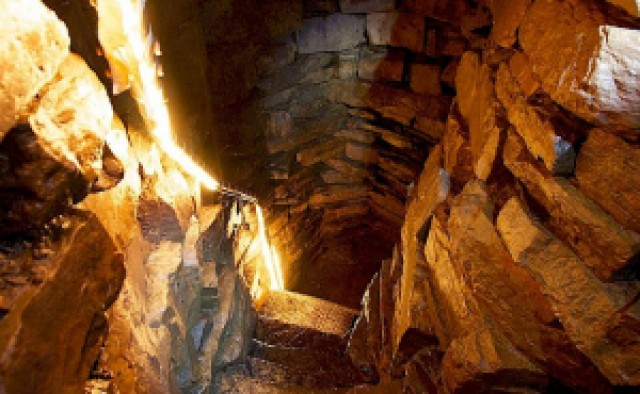 {image from Colin Keldie, via Orkney.com}
{image from Colin Keldie, via Orkney.com}
In 1999, a Orcadian landowner opened an underground chamber on his property, quickly garnering international press. The media did not mention that the site had been opened before, in 1946, when the excavators found mysterious tools, relics, and bones. There is still no determined purpose to the chambers – there are three – but archaeologists generally agree on some religious or ritual purpose. One of the more intriguing prehistoric sites on Orkney, and there are probably more like it. *This site is NOT open to the public by any governing body so attempts to get to it aren’t sanctioned. Take a flashlight!*
tomb of the eagles.
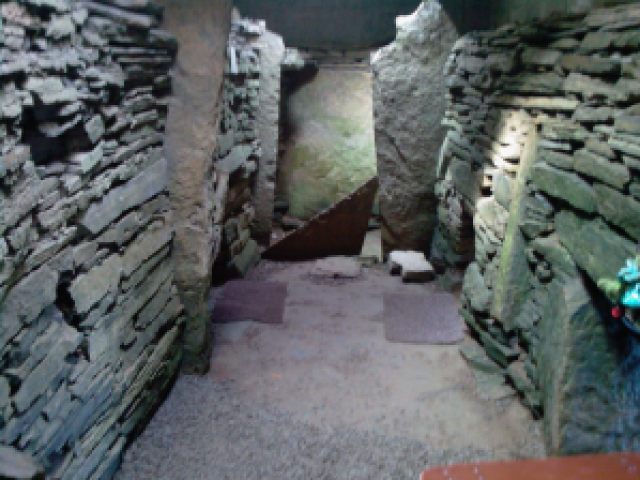 {image from Nic Arthurson/flickr}
{image from Nic Arthurson/flickr}
In 1958, another Orcadian landowner opened a tomb, this time on the island of Ronaldsay. What he had discovered was no less important than the later discovery at Minehowe. The poor farmer dug until he reached the entrance to the cairn, disturbing 30 skulls peacefully at rest. During the eventual excavation, thousands of sea eagle bones were found in the tomb… radiocarbon dating puts them a thousands years after the first human remains. This begs the question… what was the significance of the eagle?
play a round on the green.
 {image from Visit Scotland}
{image from Visit Scotland}
Scotland is renowned for golf and where better to do it than on a island with stunning views across Scapa Flow and the North Isles. There are also courses in Stromness and on the islands of Westray, Ronaldsay, and Sanday, the last of these possibly the most remote golf course in the world.
take a three-hour tour.
As it generally is with most island groups, the best way to explore is by boat. In Orkney, it’s easy to ferry around the islands, but why not charter a sailing yacht for a day and get to some of the more remote islands. More adventurous souls can tackle a longer trip or go out on a fishing boat.
explore the norse heritage of orkney.
The Orkneyinga Saga Centre in Orphir explores the vast, complex Norse heritage of Orkney, from manor houses and drinking halls to churches modeled after Holy Sepulchre in Jerusalem. Go for a morning to explore the centre and learn about the history of the islands.
go out whale watching.
Whales are a usual sight off many of the islands. Head out on a day-long whale watching tour with Orcadian Wildlife or walk the coastal path along Yesnaby to spot whales from land. Killer whales are a common sight as are Minke whales. If you’re super lucky, you might spot a humpback, pilot, blue, or sperm whale.
browse the craft trail.
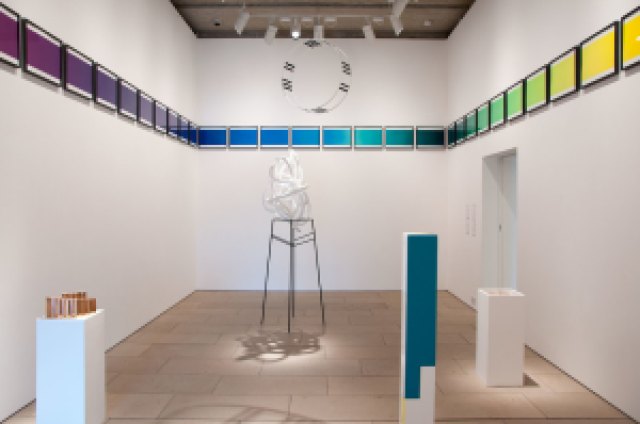 {image from Pier Arts Centre}
{image from Pier Arts Centre}
Orkney is home to many, many art galleries. From the talented Leila Thomson at the Hoxa Tapestry Centre to the Pier Arts Centre and the many galleries in Stromness and Kirkwall to the one-off galleries and workshops scattered around the island, you are never far from an exquisite piece of art or jewelry to add to your collection.
eat fresh seafood.
 {image from Andrea Pokryzwinski/Flickr}
{image from Andrea Pokryzwinski/Flickr}
The perks of island living aren’t limited to the spray of salt water and fresh air. They also include fresh seafood, and Orkney has its share of that. Pick up fresh off the boat crabs, lobsters, and salmon from Orkney Fish in Stromness or dine at one of the many restaurants that features locally caught fare.
learn about wartime history.
 {image from HoyOrkney.com}
{image from HoyOrkney.com}
On the island of Hoy, right where the Houton ferry ties up, is the Scapa Flow Visitor Centre and Museum. Here, inside some old wartime buildings and and oil storage tanks, you can view the islands war history through photographs, film footage, and oral history. They also have a selection of historic boats, vehicles, and weapons on display.
get onboard with captain cook.
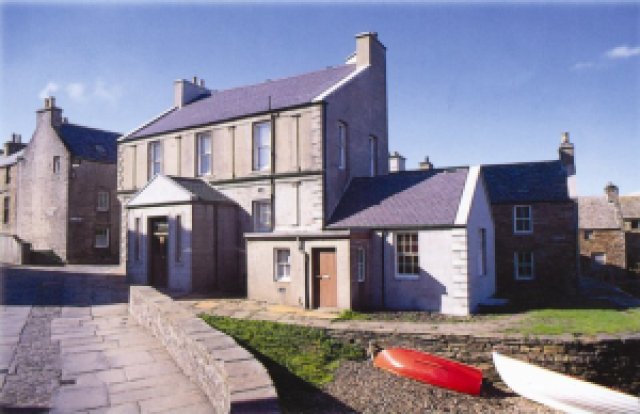 {image from Fishernet Orkney}
{image from Fishernet Orkney}
Ok, not really, but at the Stromness Museum – the second oldest independent museum in Scotland – you can learn about the two ships of his that called in at Stromness, the Resolution and the Endeavour, see the curated natural history gallery, many pieces of which were collected by Victorian adventurers, and learn about the whale fishing and Canadian Arctic connections to Orkney.
jam at the folk festival.
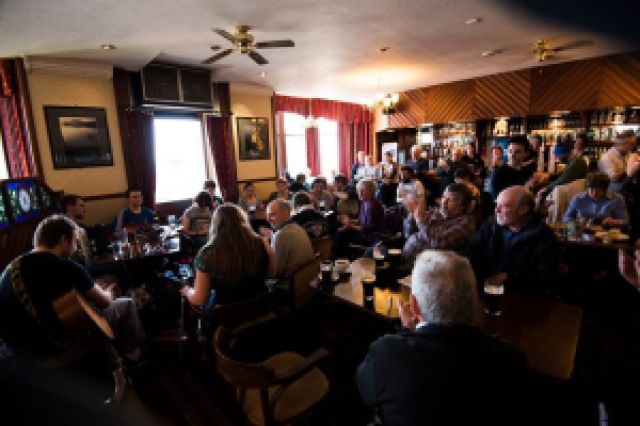 {image from Orkney Folk Festival}
{image from Orkney Folk Festival}
Every year at the end of May, the Orkney Folk Festival kicks off. Acts range from traditional ceilidhs to contemporary dances, acoustic singing to full bands. Artists travel across the islands and events are held in Kirkwall, although the opening and closing concerts are in Stromness. You’re never far from the action, so get out and jam at the open stage night or carouse with the performers at the pub afterwards.
Are you heading to Scotland? Make Orkney part of your itinerary!
Like this post? Pin it!
